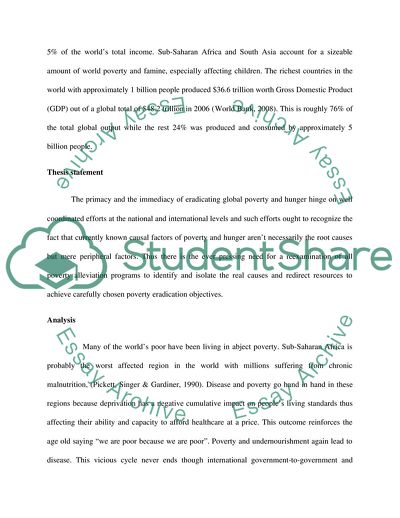Cite this document
(International Relations Assignment Example | Topics and Well Written Essays - 3000 words, n.d.)
International Relations Assignment Example | Topics and Well Written Essays - 3000 words. https://studentshare.org/politics/1725709-international-relations
International Relations Assignment Example | Topics and Well Written Essays - 3000 words. https://studentshare.org/politics/1725709-international-relations
(International Relations Assignment Example | Topics and Well Written Essays - 3000 Words)
International Relations Assignment Example | Topics and Well Written Essays - 3000 Words. https://studentshare.org/politics/1725709-international-relations.
International Relations Assignment Example | Topics and Well Written Essays - 3000 Words. https://studentshare.org/politics/1725709-international-relations.
“International Relations Assignment Example | Topics and Well Written Essays - 3000 Words”. https://studentshare.org/politics/1725709-international-relations.


